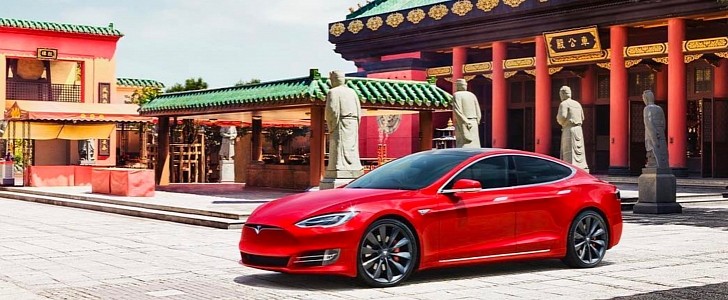China calls electric and electrified vehicles NEVs or new energy vehicles. In 2021, the local market achieved 2.99 million units, representing 14.8% of all new vehicle sales. If things keep the same pace, the country will reach 20% of NEVs in 2022. This is the main reason for China to have decided to end subsidies by 2023.
In 2022, they will be reduced to only 30% of what they once were. According to the South China Morning Post, the Chinese government had already cut subsidies in 2019 with the goal of allowing only the fittest car companies to survive. That did not work as planned: on September 13, we wrote that China still had 300 electric car manufacturers and how the Chinese government wanted to speed up consolidation.
The 2021 NEV sales represented a 169% increase compared to the 2020 numbers. Market analysts believe these numbers can double in 2022. Sales would not even have to be that good for the Chinese government to carry on its plans.
If China manages to sell a little more than 4 million NEVs in 2022 and the total new-vehicle market stays at around 20 million, the country will achieve a goal it had set for 2025. That explains why China decided not to stimulate sales of these vehicles: it believes customers have already determined to make the shift.
The question is if China is correct. EVs sell well in the country not only because of purely monetary incentives. They also have benefits such as not having to obey license plate limits in some cities, established to restrict the number of vehicles on the roads. They may be enough to keep people buying NEVs even without incentives.
Chinese authorities are pretty optimistic about the strategy. In 2021, the Chinese car market saw its first increase since 2017: it bought 20.15 million units, a 4.4% improvement compared to 2020’s numbers.
The 2021 NEV sales represented a 169% increase compared to the 2020 numbers. Market analysts believe these numbers can double in 2022. Sales would not even have to be that good for the Chinese government to carry on its plans.
If China manages to sell a little more than 4 million NEVs in 2022 and the total new-vehicle market stays at around 20 million, the country will achieve a goal it had set for 2025. That explains why China decided not to stimulate sales of these vehicles: it believes customers have already determined to make the shift.
The question is if China is correct. EVs sell well in the country not only because of purely monetary incentives. They also have benefits such as not having to obey license plate limits in some cities, established to restrict the number of vehicles on the roads. They may be enough to keep people buying NEVs even without incentives.
Chinese authorities are pretty optimistic about the strategy. In 2021, the Chinese car market saw its first increase since 2017: it bought 20.15 million units, a 4.4% improvement compared to 2020’s numbers.

























